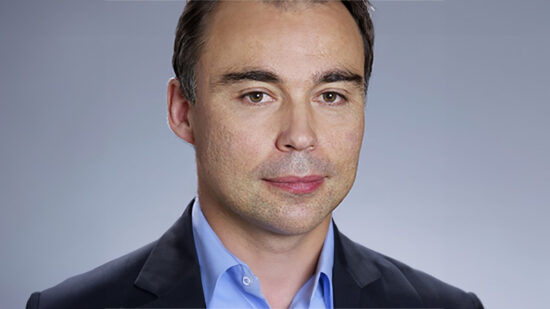In my previous article I identified six steps financial advisers need to take to get ready for the retail distribution review (RDR) in South Africa.
These are steps advisers in the UK will already have taken or will be well on their way to doing so, but ones that most South African advisers have yet to make.
The Financial Services Board (FSB) has released its first update on the South African RDR and I am excited about the direction of travel. I think good things await those prepared to embrace the journey. If the first phase to getting ready for life beyond the RDR is having a profitable business that is fit for the future, then the second phase should probably be shifting your business to a financial planning model.
Model worker
You are already doing financial planning, right? But are you really doing financial planning? There are around 5,000 certified financial planners in South Africa, and I understand that around half are client-facing advisers. The others are in legal departments, in management, or on the product side of life in investment companies.
But of client-facing advisers, I am not seeing many who are what I would call financial planners, even though they describe themselves as such.
This is not the fault of the advisers. We have been trained and incentivised by the industry to focus on product intermediation. That is what the industry wants and that is what regulators regulate, but it is not financial planning.
And, based on my experience, and the conversations I have with people outside financial services, being sold more products is not what customers want either.
Easy sell
So, why are we not doing financial planning? Do customers want it? Well, no, not really, because most customers (and many advisers) do not know what proper financial planning looks like.
I mean, who wants to buy a financial planning report? Sounds dull. It is much easier to sell a story about amazing investment performance or clever tax schemes.
So maybe it is easier to just revert to what we already know – product sales.
One of the great difficulties in making the shift to real financial planning is that it is difficult to sell to people. They need it, more than they need another set of retirement annuity policies, but they do not want it because it is not very sexy.
People buy what they want or what they think they want, not what they necessarily need. Many advisers are just selling what is easily sold.
First steps
How do you make the shift to a financial planning model? First, you need the right mindset. That probably means letting go of the industry and moving around the desk to the same side as the client.
It also means starting a different conversation with clients, listening rather than telling them what the industry wants them to hear. It means engaging clients in deeper, less superficial discussions.
That is a big change for many advisers, and I know that lots of us struggle to have those conversations. Some advisers struggle with the intimacy and others just do not think that clients might actually want that experience, but they genuinely do.
Personally, the shift came for me when I realised the exciting conversations were about people’s lives and not products. Regulatory changes just make this more relevant.
The other difficulty for some advisers is that, even if they agree, their paymasters might not.
In other words, it requires buy-in from the employer, whether that is the owner of an IFA firm, network or a big corporate, such as a bank or product provider.








